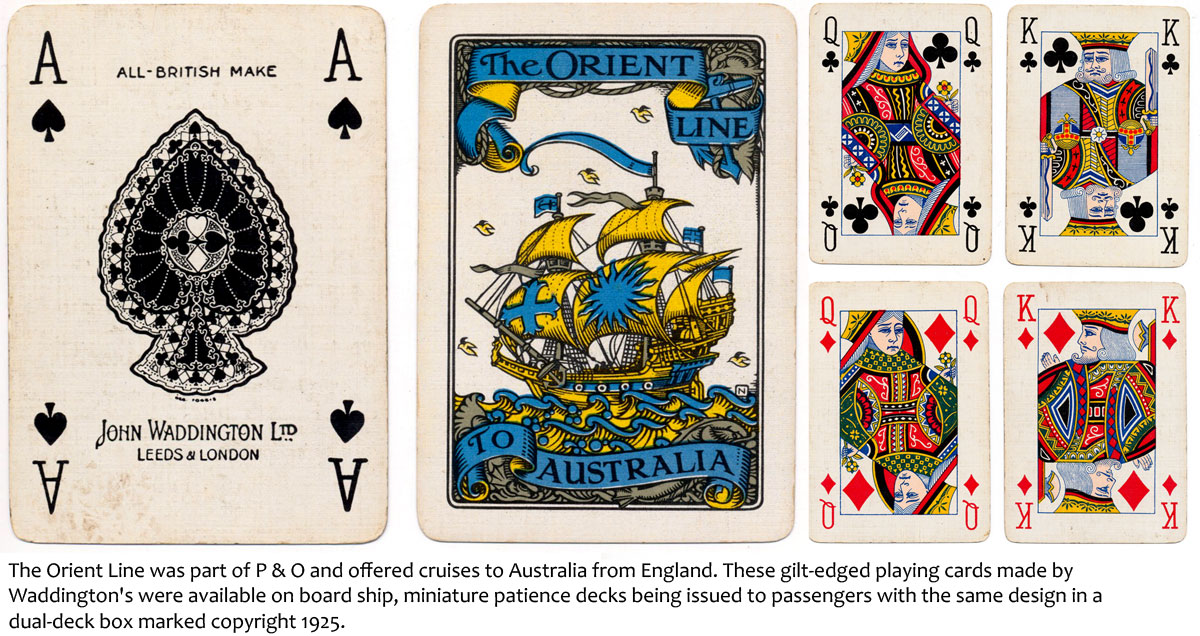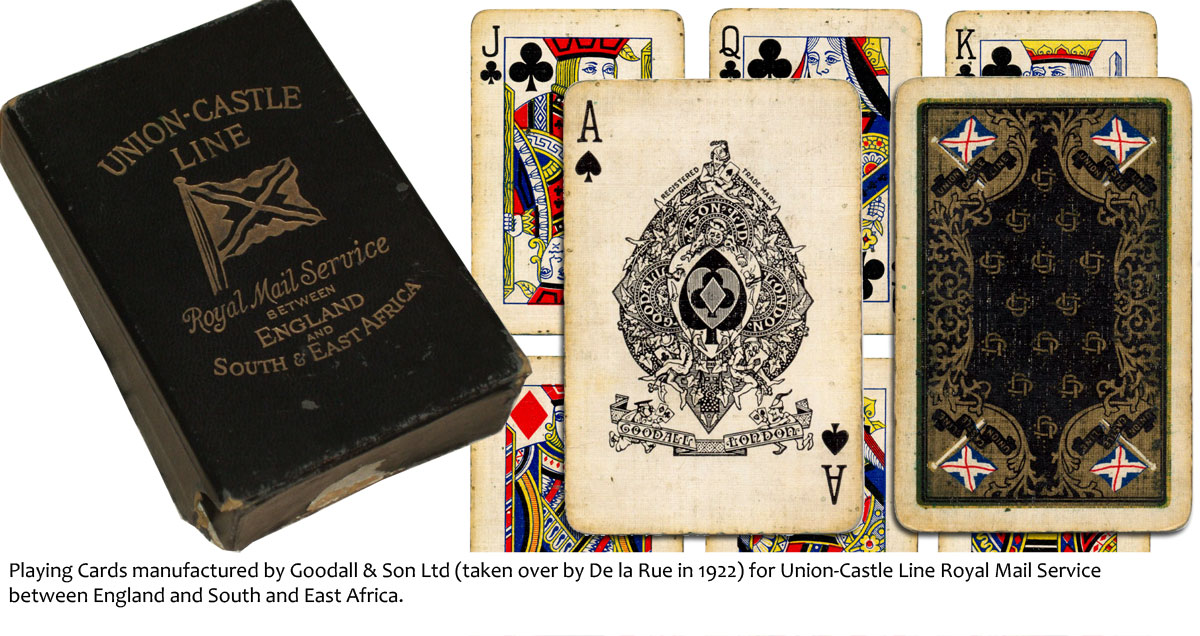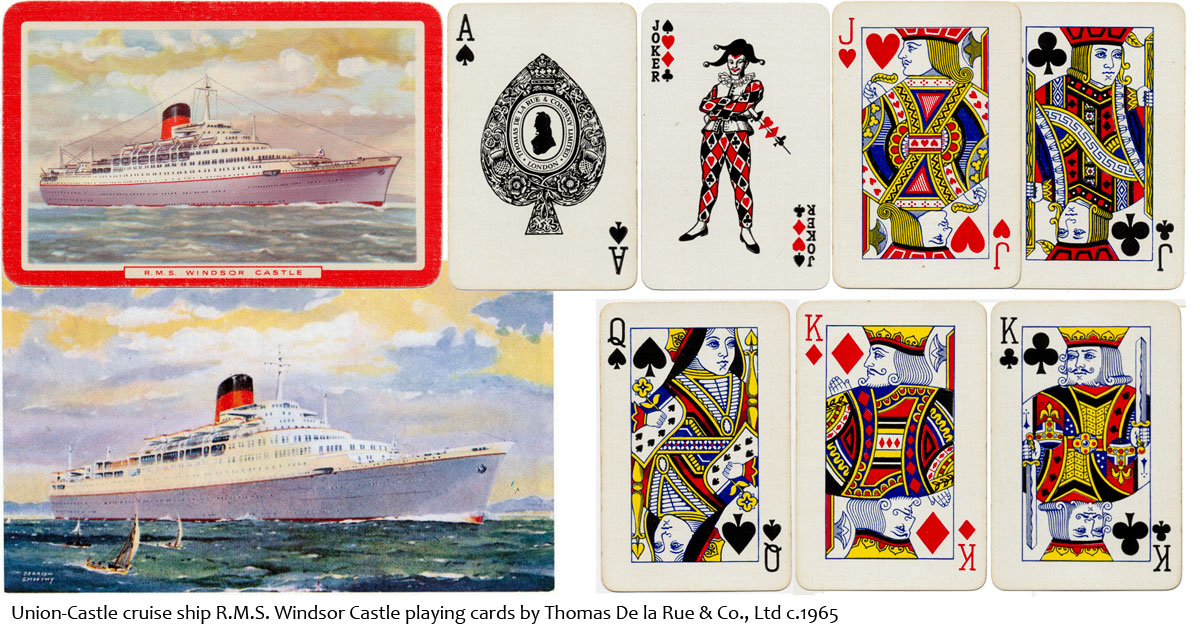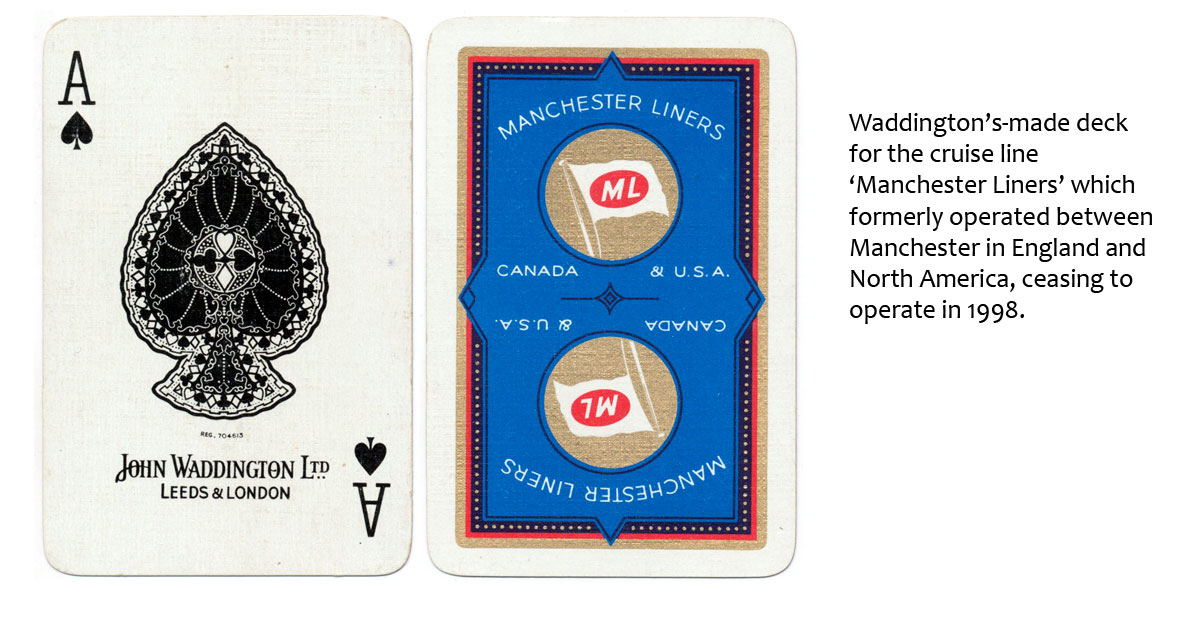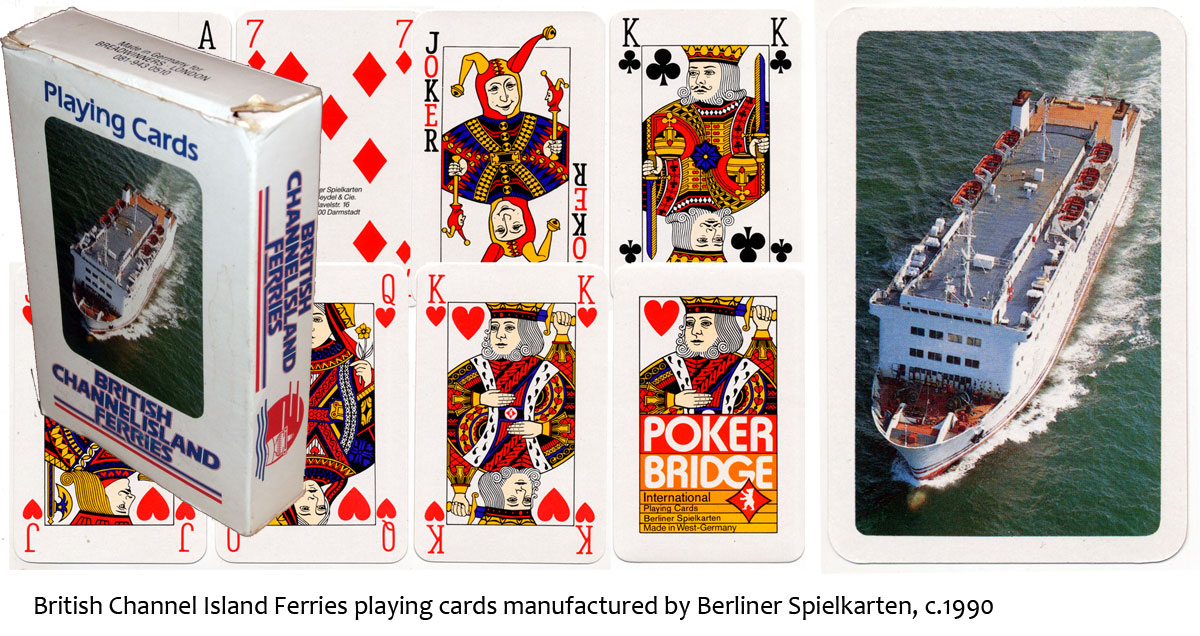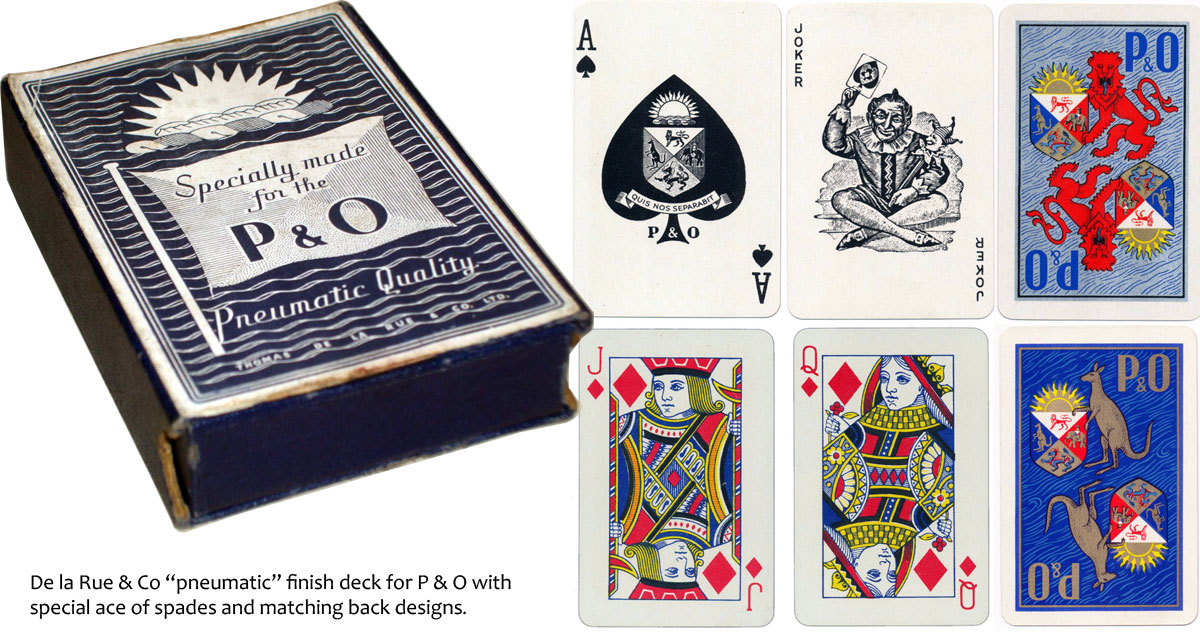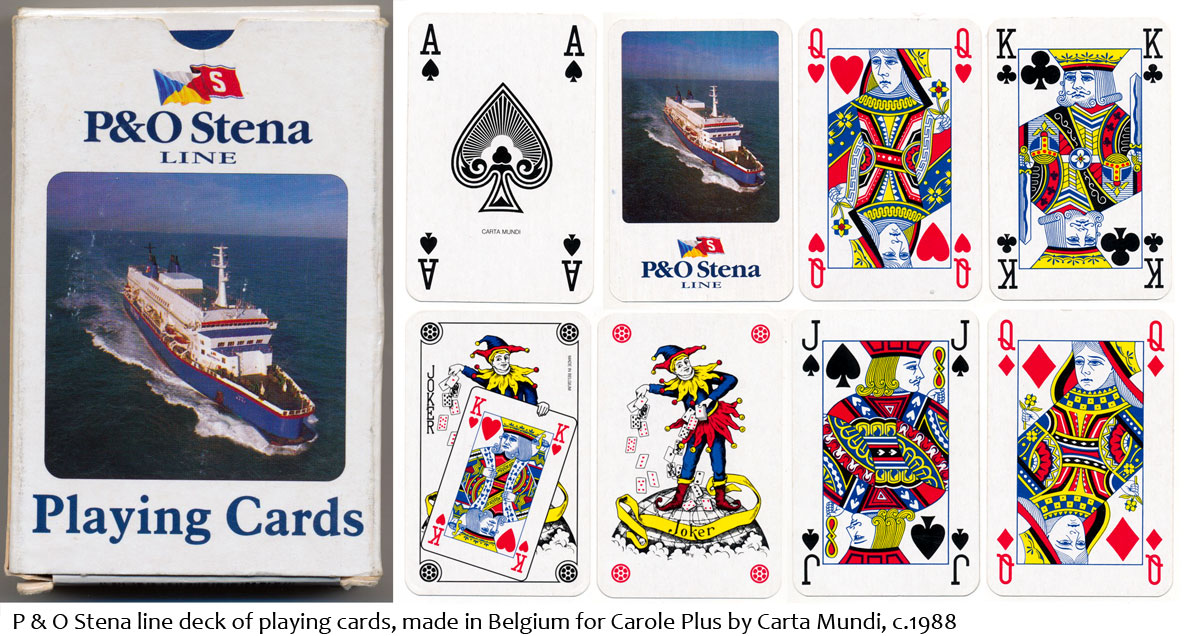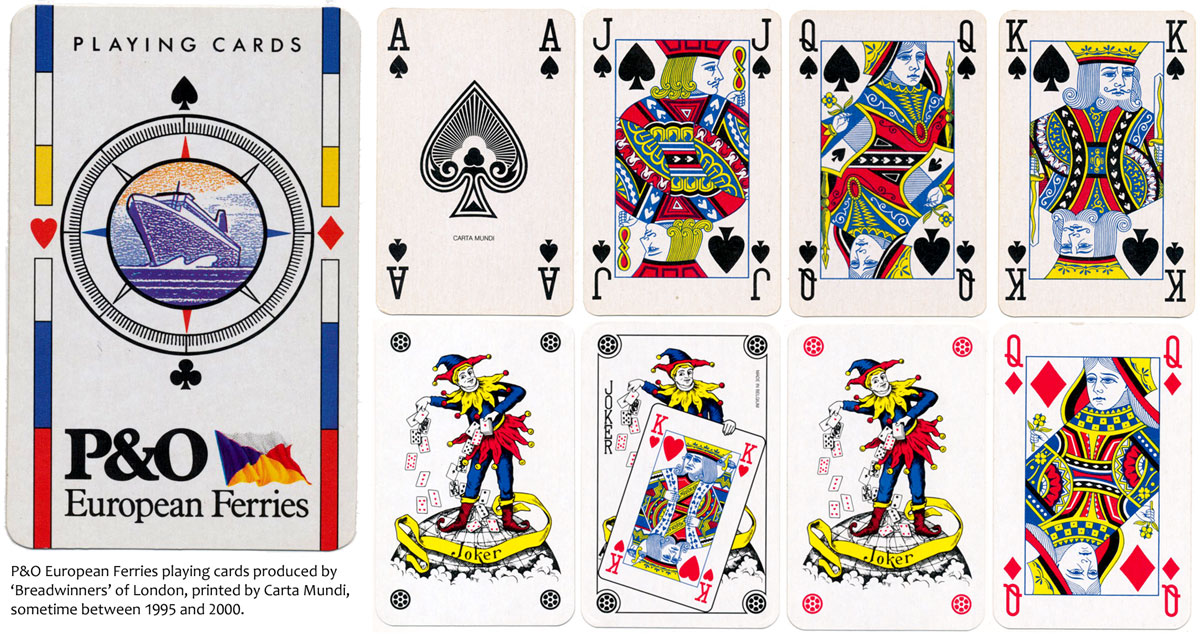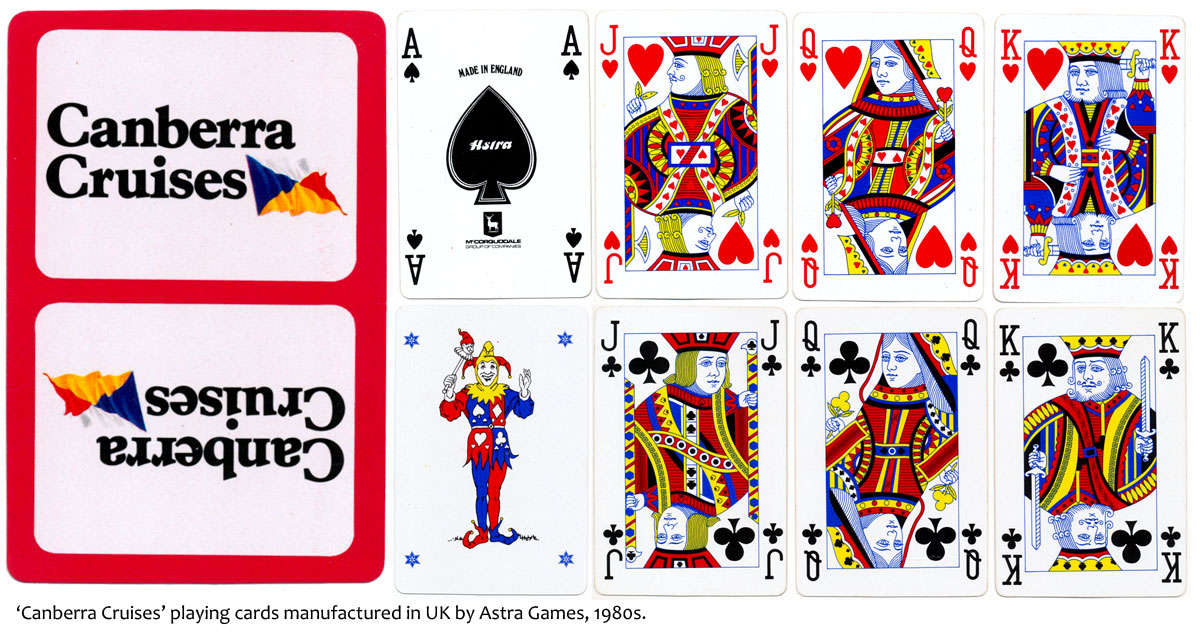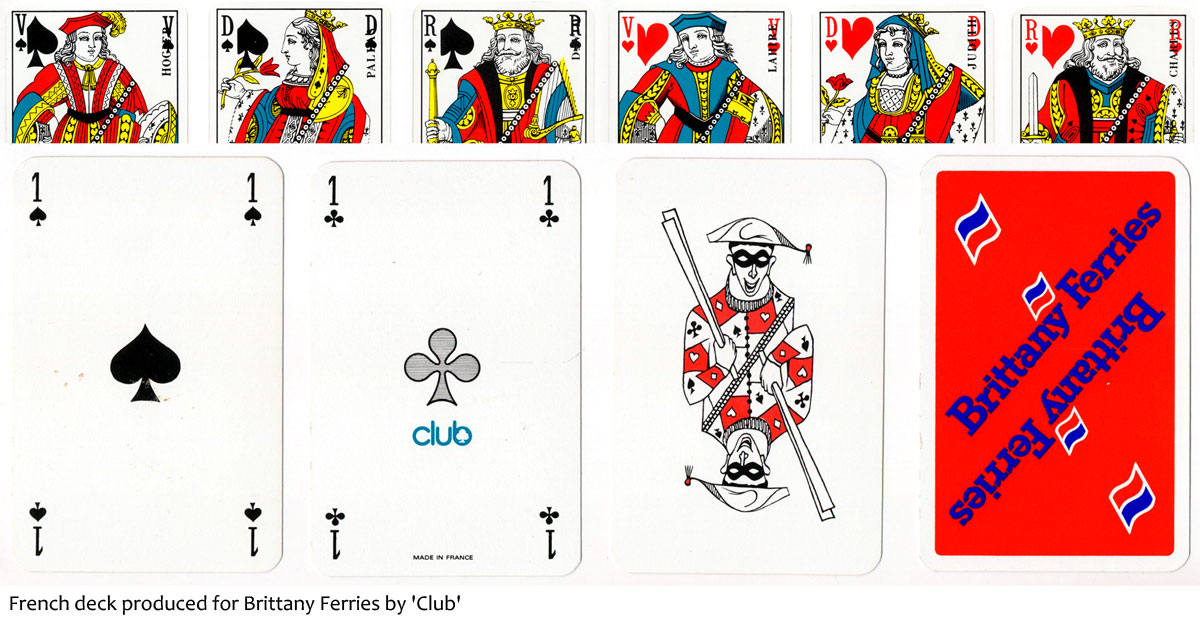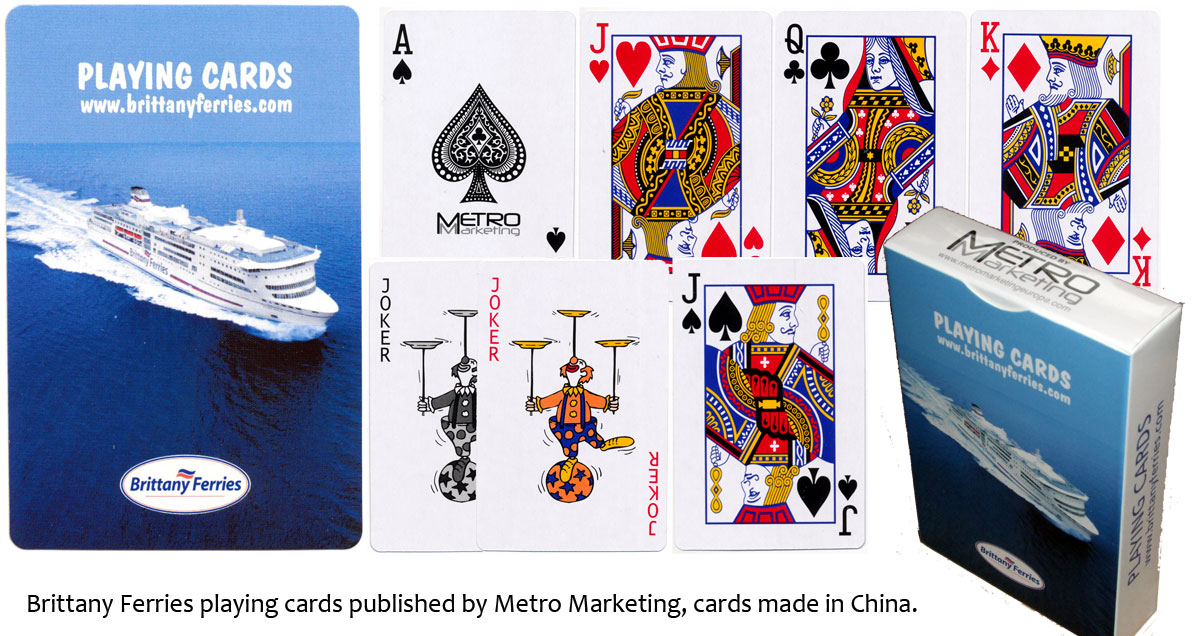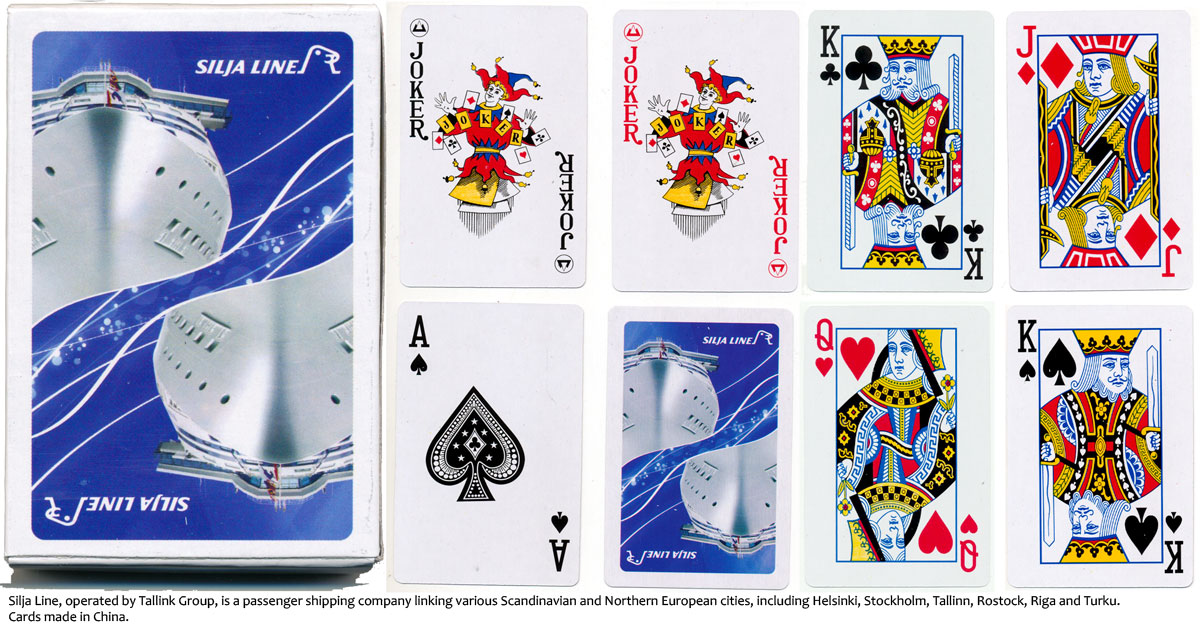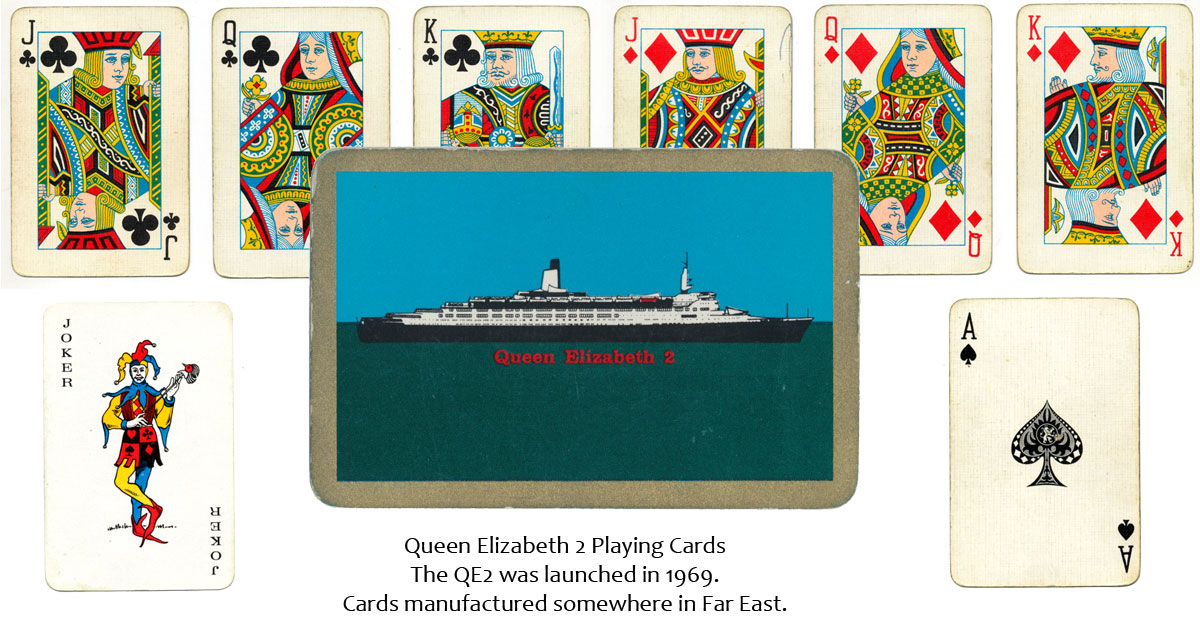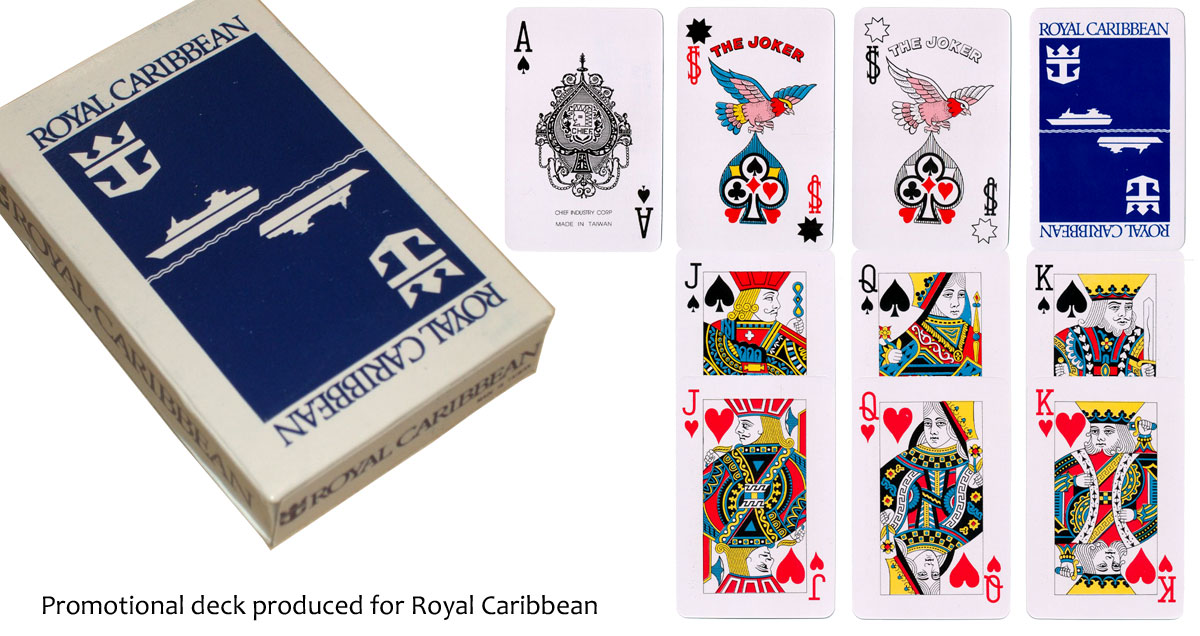Shipping
A survey of modern Shipping advertising playing cards
Before the invention of the aeroplane travel by sea was much more common than it is today. First class travel was provided by cruise liners steaming between Europe and America, Africa and Australasia, third class travel provided to passengers not requiring any semblance of luxury by freight service, ferries still provide short-haul travel over water ways both within countries and between continents. Traditionally these shipping lines have sold souvenir decks of playing cards, both representing the shipping line such as Cunard, Manchester Line, Pacific and Orient (P & O), White Star or Union Castle and also the individual cruise ships such as the famous Queen Elizabeth 2. These souvenir playing cards were formerly made by leading names such as Waddington’s and De La Rue, however, during the later part of the 20th century decks were produced in Belgium, Hong Kong and China.
CREDITS: all images and text courtesy Matt Probert, who writes: "I get most of my decks from flea markets and car boot sales for 50p a deck. I rummage around and rescue old decks for a few pence. Occasionally I splash out a few quid on a deck, but I cannot justify paying more. This is a good way to start or expand a hobby."

By Matt Probert
Member since March 02, 2012
I have adored playing cards since before I was seven years old, and was brought up on packs of Waddington's No 1. As a child I was fascinated by the pictures of the court cards.
Over the next fifty years I was seduced by the artwork in Piatnik's packs and became a collector of playing cards.
Seeking more information about various unidentified packs I discovered the World of Playing Cards website and became an enthusiastic contributor researching and documenting different packs of cards.
I describe my self as a playing card archaeologist, using detective work to identify and date obscure packs of cards discovered in old houses, flea markets and car boot sales.
Trending Articles
Popular articles from the past 28 days
Related Articles
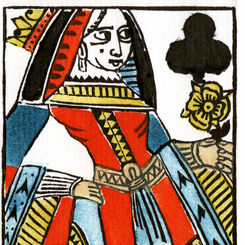
Woodblock and Stencil Queen of Clubs
A limited edition art print of the Queen of Clubs 1984 woodblock joker.
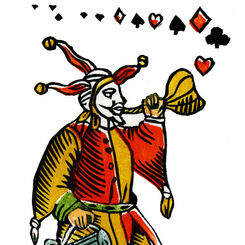
Woodblock and Stencil Joker
A limited edition art print of the 1984 woodblock joker.
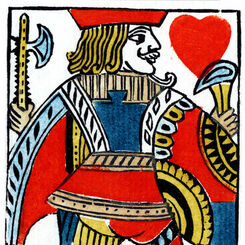
Woodblock and Stencil Jack of Hearts
A limited edition art print of the Jack of Hearts 1984 woodblock joker.
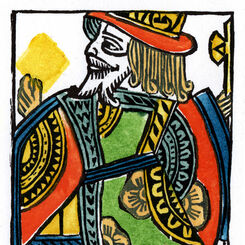
Woodblock and Stencil King of Diamonds
A limited edition art print of the King of Diamonds 1984 woodblock joker.
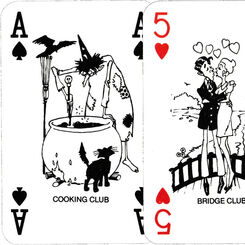
Club Soft Drinks
Promotional pack for Club soft drinks with amusing illustrations of different kinds of ‘club’.
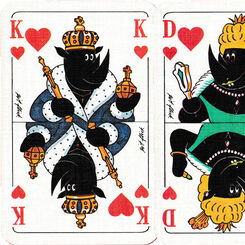
Mit Rhino auftrumpfen
Black rhinos on a publicity pack for Armstrong, a flooring company, with comic designs by Pit Flick....
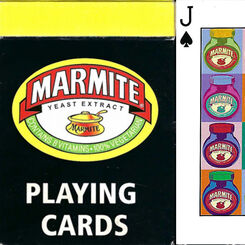
Marmite
Fifty-Four images celebrating a UK savoury spread, that has been around one hundred and twenty two y...
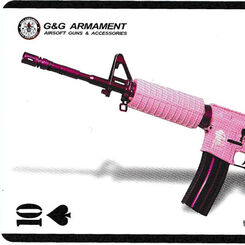
G&G Armament playing cards
G&G Armament Airsoft replica gun playing cards from Taiwan.
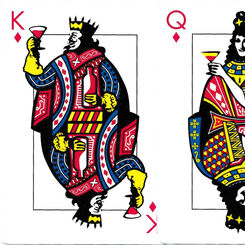
Absolut Deck
Promotional deck published for Absolut Vodka in Sweden.
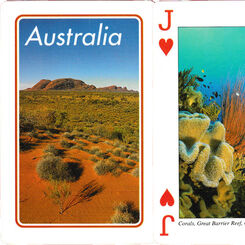
Scenic Views of Australia
54 different scenic views of Australia in full colour.
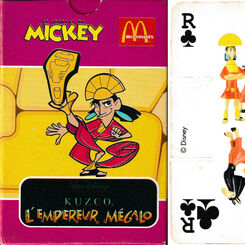
Kuzco, l’empereur mégalo
Notched cards featuring toys representing characters from the Disney film Kuzco, as offered by McDon...
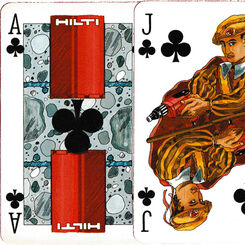
Hilti I
Promotional pack for Hilti power tools, with courts in medieval costume and non-standard pips.
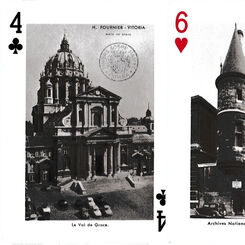
Monuments de Paris
‘Monuments de Paris’ souvenir playing cards produced by Heraclio Fournier, c.1964.
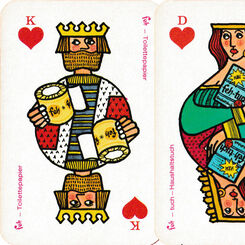
Feh Schnapskarten
Colourful promotional pack for Feh household and toilet papers.
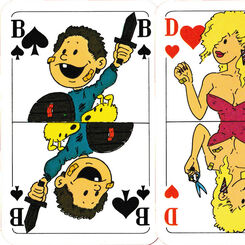
Hansaplast®
Advertising pack for Hansaplast, with comic courts sporting sticking plasters.
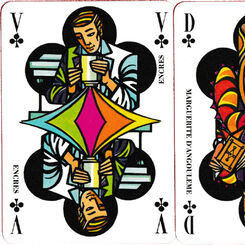
Lorilleux International
Promotional pack for Lorilleux International’s Lotus inks, with designs by James Hodges.
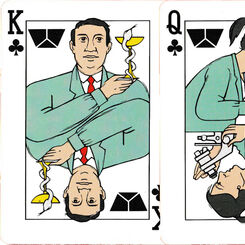
B. Braun-Dexon®
Publicity pack promoting B. Braun-Dexon’s atraumatic needles, with non-standard courts and pips.
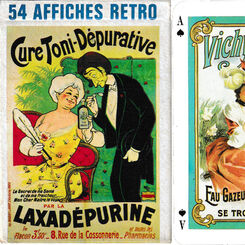
54 Affiches Retro
54 different old French advertising posters, mainly for travel and health products.
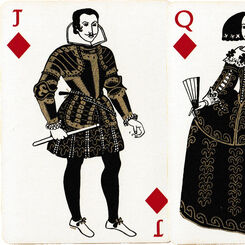
Loewe: Moda Europea Siglo XVII
Luxury pack for the Spanish fashion house Loewe, with 17th century costume designs by Margot Hamilto...

ČZ playing cards
Advertising pack for the Czechoslovak motorcycle factory Česká Zbrojovka.
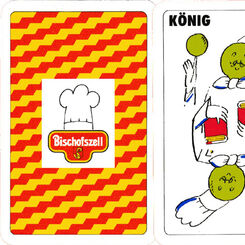
Bischofszell
Advertising pack for the food producer Bischofszell, designed by Heinz Looser-Brenner, with non-stan...

Scheffmacher
Advertising pack for Scheffmacher, master painters in Schaffhausen, with comic designs by Fritz Bünz...
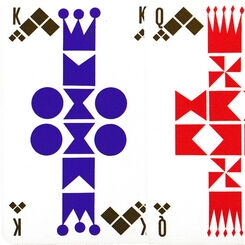
Knoll International
Geometric designs by the French artist Jean Garçon for Knoll International, the furniture company.
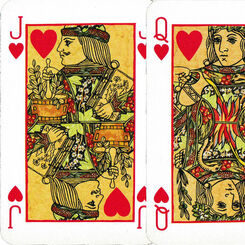
SEMP playing cards
Modified Anglo-American courts advertising a French medical publishing company.
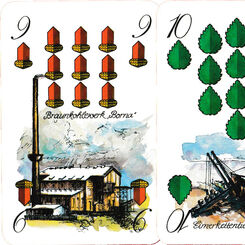
Borna Skat
Publicity pack for the Saxon town of Borna, with designs by Andreas Wachter.
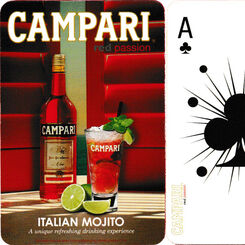
Campari playing cards
Publicity pack for Campari, designed for the Portuguese or Brazilian market.
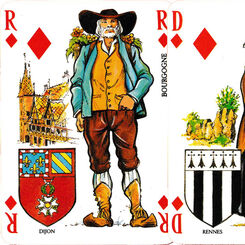
Hôtels-Grils Campanile
Publicity pack for the Campanile hotel and restaurant chain featuring French provincial costumes, wi...
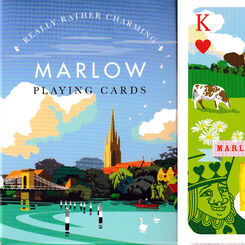
Marlow playing cards
Visitor attractions and businesses to be found in Marlow, Buckinghamshire.
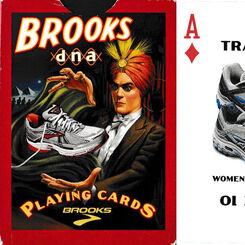
Brooks dna playing cards
Brooks dna playing cards produced by Gemaco for Brooks running shoes.
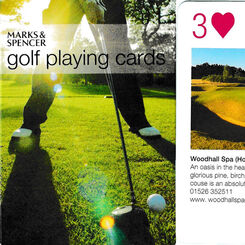
Golf playing cards
Golf playing cards published by Marks & Spencer, UK.
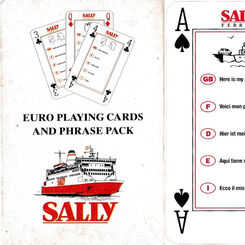
Sally Ferries playing cards
Sally Ferries Euro playing cards and phrase pack, United Kingdom, c.1990s.
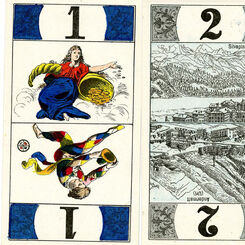
Swiss Scenic Tarock
Scenic Tarock deck produced by Fabrique de Cartes J. Müller & Cie (Schaffhouse), Suisse.
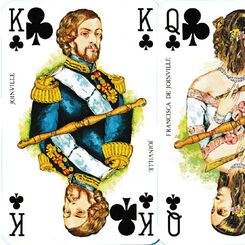
Compagnie Maritime des Chargeurs Réunis
French navigators and explorers on a promotional pack for the C.M.C.R shipping company.
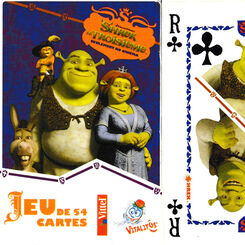
Shrek the Third playing cards
Characters from the 2007 film Shrek the Third, a DreamWorks Animation production.
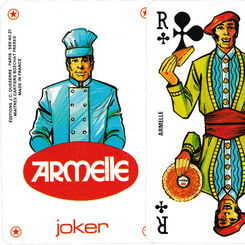
Jeu de cartes Armelle
Advertising pack designed by James Hodges for a company specialising in regional cakes and biscuits....
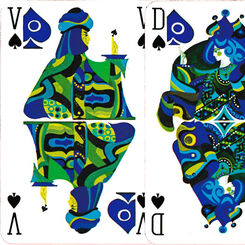
Louis De Poortere
Psychedelic designs promoting Louis De Poortere, a company selling carpets and rugs.
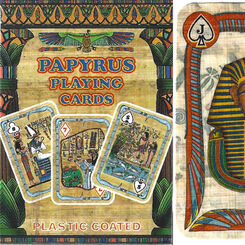
Papyrus Playing Cards
Papyrus playing cards distributed by Egypt Trade, c.1996.
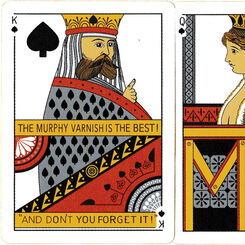
Murphy Varnish pack
Reproduction of the 1883 Murphy Varnish transformation pack, USA, 2019

Pendleton playing cards
Pendleton playing cards inspired by indigenous American artwork, USA, 2019.
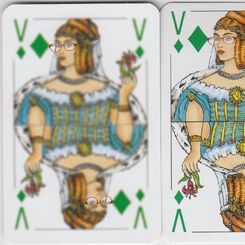
Specsavers playing cards
to help you see better when playing cards
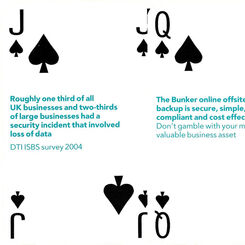
On-line offsite data backup
On-line offsite data backup publicity playing cards produced by The Bunker, United Kingdom, c. 2004....
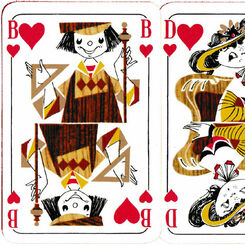
Möbel-Spiel
Publicity pack for the East German furniture industry, with designs by Werner-Hans Schlegel.

Clamcleats playing cards
Clamcleats playing cards for sailors designed by Celia Allison, New Zealand, 1986.
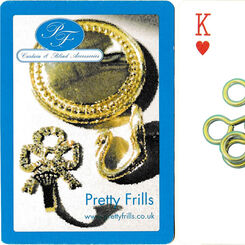
Pretty Frills
‘Pretty Frills’ playing cards promoting curtain and blind accessories.


